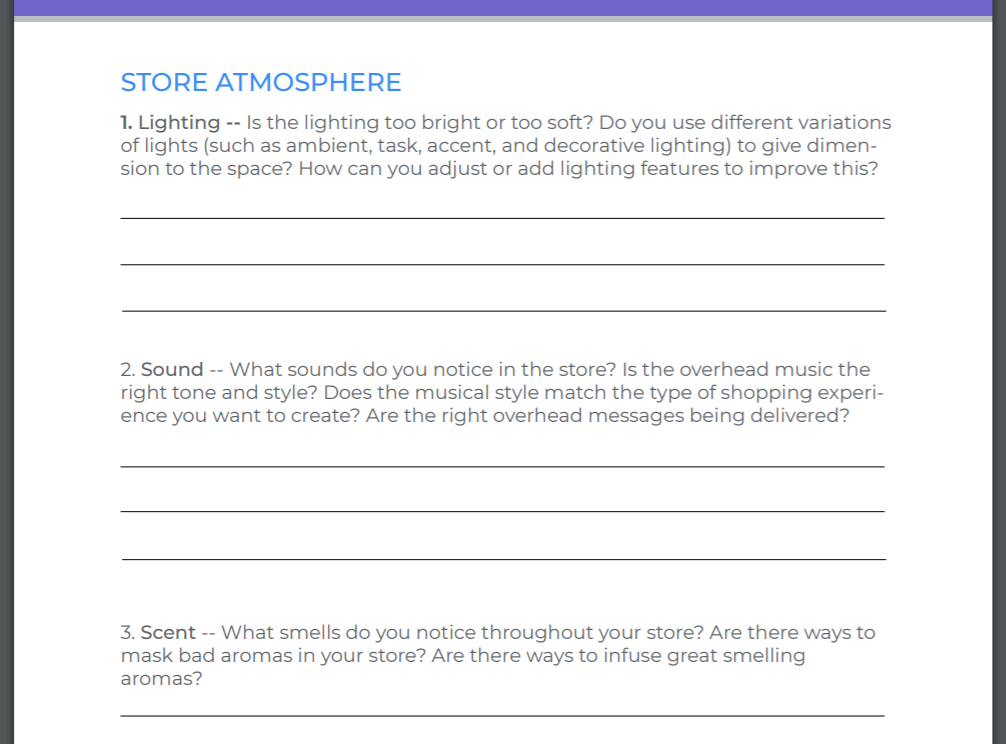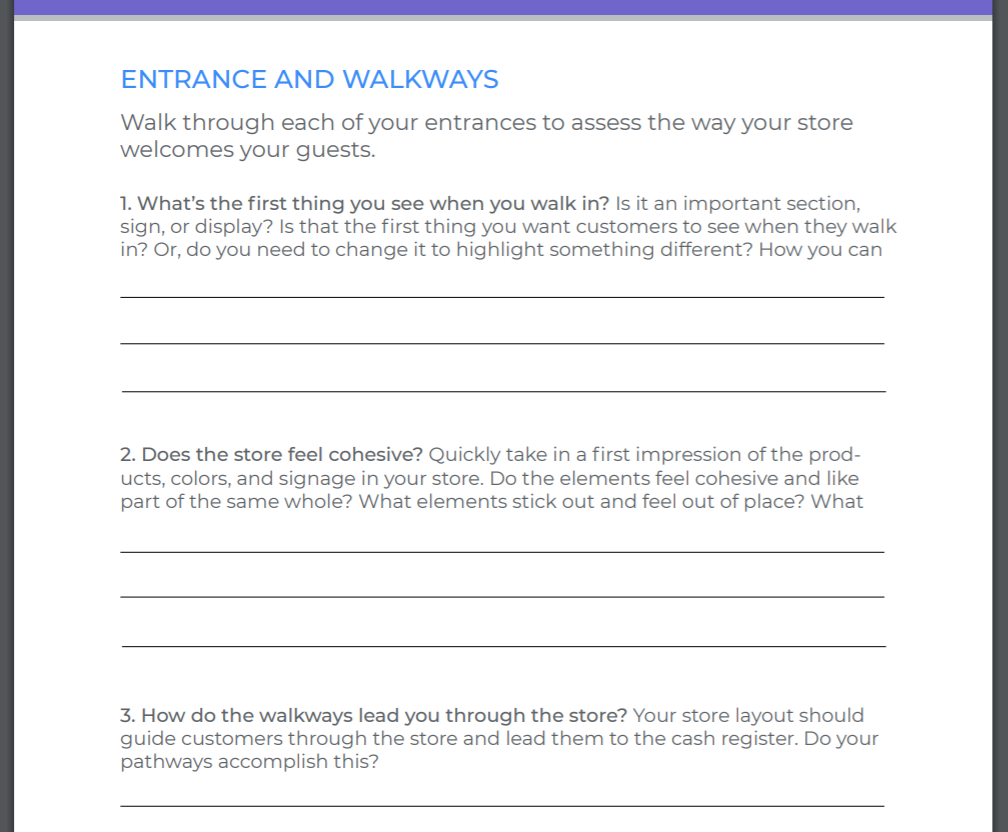As a brand, you have influence over each interaction a customer has with your business. Consider every possible situation that could bring your customer into contact with your brand and design that scenario to deliver a positive experience. This is the time to use touchpoint mapping.
The rest of this post will dive into the topic of touchpoint mapping and look at:
- What is a customer touchpoint?
- What is touchpoint mapping?
- How to start touchpoint mapping
- Audit your customer touchpoints right now
Use this guide to identify what customer touchpoints are and why mapping them out can help you improve customer experience, boost sales, and build better brand affinity.
What Is a Customer Touchpoint?
Before we look at touchpoint mapping, we need to look at what qualifies as a customer touchpoint.
A customer touchpoint is any interaction between your business and a customer. It includes any interaction before, during, or after a customer purchases something from you.
A customer touchpoint happens through personal interactions and marketing channels. The interaction may be direct, where you control the experience, such as a delivering a marketing message or ad campaign. Or it could be indirect and you don’t have control over the experience, like a word-of-mouth review of your business.
While you don’t have complete control over every customer touchpoint, as a business owner you still want to do your best to influence each situation. The best way to develop a plan to manage these interactions is through touchpoint mapping.
What Is Touchpoint Mapping?
Touchpoint mapping is the act of outlining each interaction a customer might have with your brand. This process looks at each step of the buyer’s journey and identifies the places where customers come in contact with or experience your brand.
Touchpoint mapping is important because it allows your brand to visualize and improve every experience a customer has with your business.
Because no customer buyer’s journey is exactly the same, each brand will have multiple map variations. To create your maps, consider all of the possible ways people experience your brand and use the following process, and download our free Retail Customer Experience Audit Worksheet to see what’s it’s like for customer to experience your store.

How to Start Touchpoint Mapping
Now that you are familiar with customer touchpoints and touchpoint mapping are, it’s time to implement a strategy for using this marketing method. Here are a few things to help make the process easier.
1. Identify Each Customer Touchpoint
To start touchpoint mapping, begin by identifying each interaction your business has with your customers. It helps to look at the experiences in these categories: before purchase, during purchase, and after purchase.
While some of the touchpoints may overlap, this categorization helps you visualize and identify each potential interaction. Touchpoints marketing and advertising may include the following:
Before Purchase
- Website
- Reviews / Testimonials
- Directory Listings
- On-hold Messaging
- Auto-Attendants and IVRs
- Advertisements and Promotions
- Store Locations
- In-store Advertising
- Word of Mouth
- In-store Events
- Digital Menu Boards
- Content Marketing (For a full list of content touchpoints — download our FREE retail marketing editorial calendar)
During Purchase
- Website (Ecommerce Section)
- Showroom Design
- Product Demo Videos
- Staff/Employee Engagement
- Overhead Music and Messaging
- Checkout Kiosks / Point of Sale Systems
- Checkout Lines
After Purchase
- Order Fulfillment
- Thank You Cards
- Customer / User Portals
- Billing / Invoices
- Packaging
- Rebates
- Follow Up Emails
- Online Help Center
- Education / Follow-up Resources
- Customer Service Phone Lines
- Questionnaires / Surveys
2. Map the Touchpoints
Once you identify the places where your customers interact with your brand, place these experience in chronological order. As you go through touchpoint mapping, consider the steps that lead your customers through the purchasing process. Use these phases of a retail buyer’s journey to guide your outline.
- Step 1. Make Customers Aware of Your Brand: The customer is becoming familiar with you brand and products.
- Step 2. Get Customers Through the Door: The customer is familiar with your brand and is planning a visit to your on-premise location.
- Step 3. Initiate Sales: The customer is in your store and is working through their purchasing process.
- Step 4. Get Customers to Come Back: The customer has made a purchase and is considering coming back and purchasing from you again.
Don’t create just one buyer’s journey that goes through this process. Create at least 4-5 different types of customer maps to consider all of the different experiences your customers may have.
Recommended Reading: Outline your complete buyer’s journey using our retail customer journey map
3. Improve Each Customer Touchpoint
Once you identify each possible customer touchpoint, the next step is working to improve the interaction. You need to look at how you can provide the best possible experience for the customer at that moment.
As you attempt to improve your customer touchpoints, focus on making your brand experiences:
- Simple: The experience should be easy for the customer to understand and interact with.
- Appropriate: The experience should fit the context of its channel and interests of your target audience.
- Relevant: The experience should match what the customer would expect and need to find during that phase of the buyer’s journey.
- Meaningful: The experience should provide significant and useful value for the customer.
- Appealing: The experience should tap into the cravings of the customer and give them the things they desire.
- Personal: The experience should be able to be customized to meet each specific customer’s needs. This can be achieved through online interactions before their visit or via WiFi Marketing while they’re in your store.
Look at each touchpoint and ensure that it has the qualifications of an exceptional and useful customer experience.
4. Set a Schedule for Reviewing
Touchpoints for marketing and advertising don’t end once you create and implement your new strategy. Marketing channels and your operational processes will continue to evolve and change. Your customer mapping must do the same.
A customer touchpoint map is a living document. You need to continue to revise and update the touchpoint map as new purchasing paths are created and new marketing platforms are introduced. To effectively use touchpoint mapping as a way to create better customer experiences, make it a continual priority.
Don’t treat this process as a one-time strategy. Put in the up-front work, and then set a plan to execute and continue to refine your touchpoint mapping to get the best benefits and results.
Audit Your Customer Touchpoints Right Now
If you want to start improving your touchpoint mapping right now, start by doing an audit of your current customer touchpoints. Go through your business and identify each element that customers encounter during their visit.
To guide you through the process and make sure you don’t miss any important elements — use our free Retail Customer Experience Audit. It helps you identify everything customers experience, starting from the moment they walk or drive up to your business through the final check-out process.

Start your customer touchpoint mapping with this free customer experience checklist. Use it to perform a thorough review of the major touchpoints in your store and outline the changes you want to make. Then, download and print multiple copies of the worksheet so you can regularly return to the checklist to perform annual or quarterly reviews of your touchpoints.
By using touchpoint mapping and having a system for continual improvement, you can create a constantly evolving and improving in-store experience that drives sales and improves customer satisfaction and brand loyalty.
